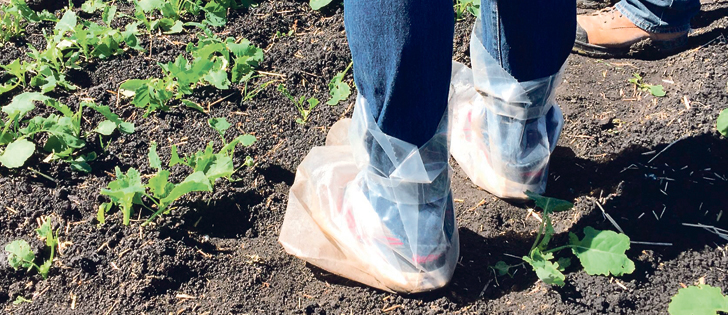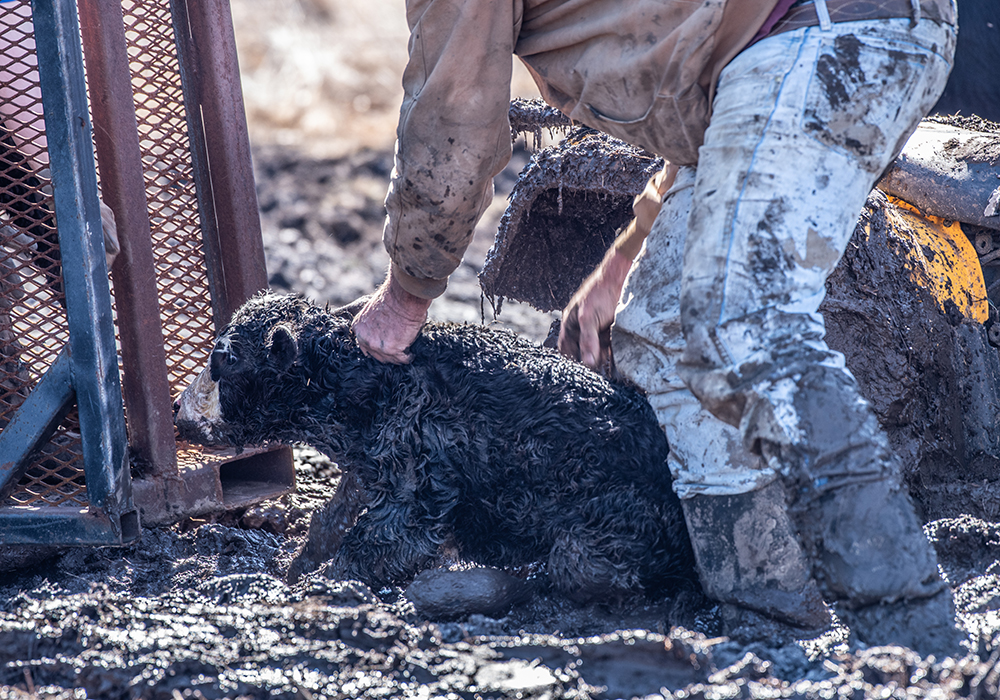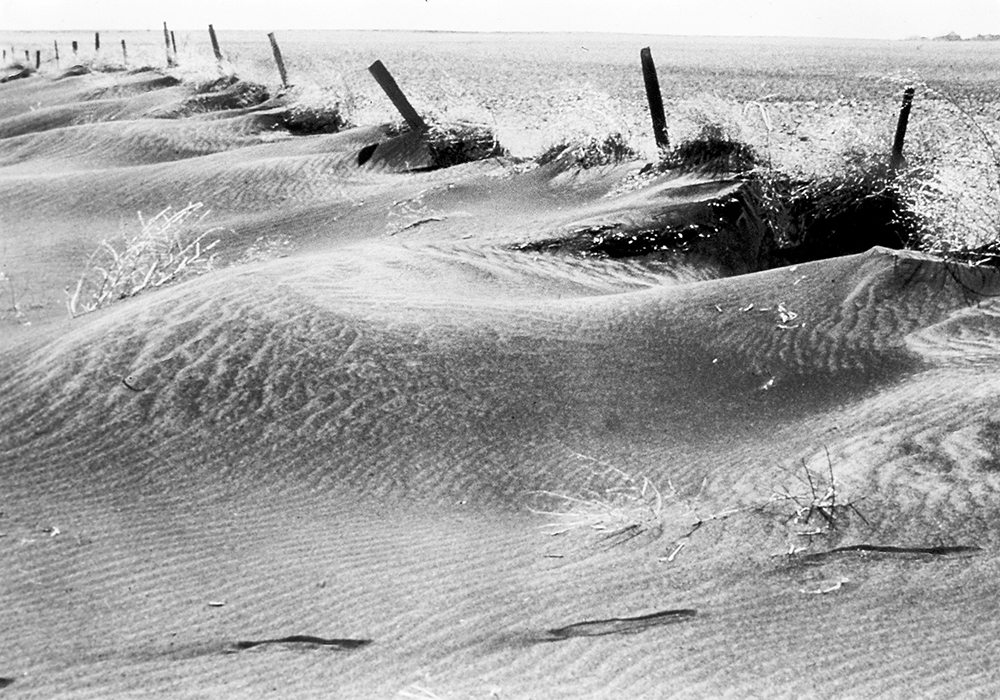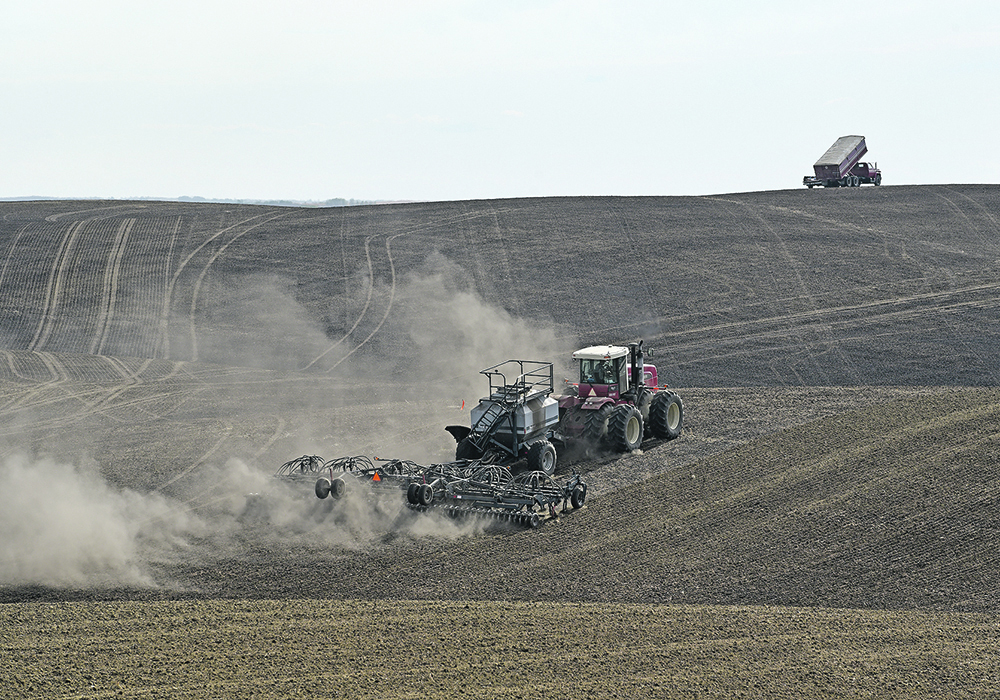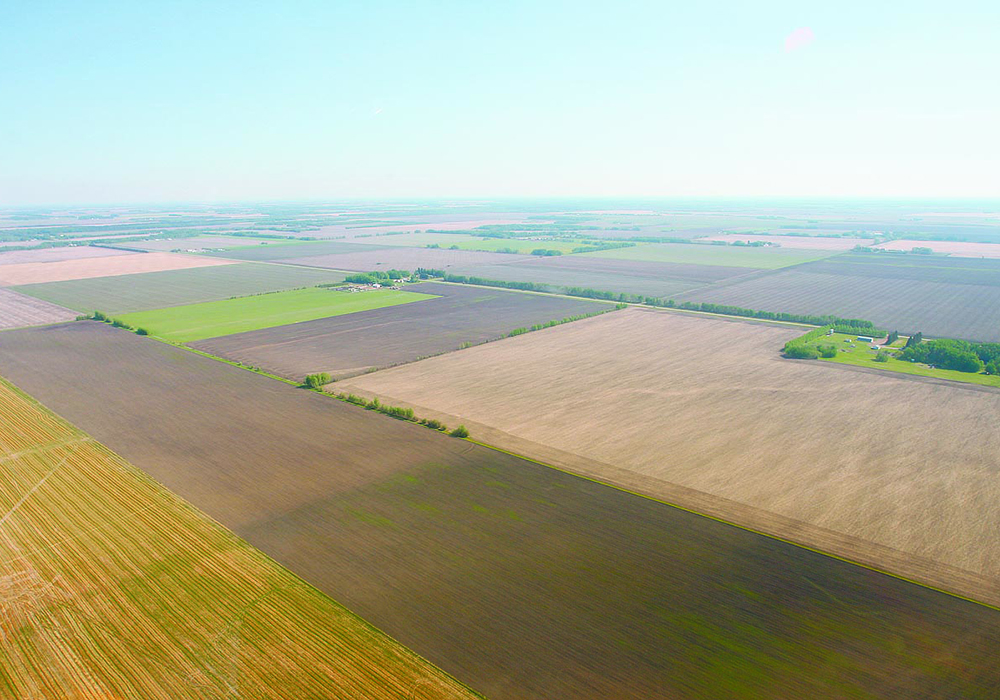At a recent field day, I was walking around taking booty pictures.
It struck some people as odd, but I never let that get in the way of important work.
So I walked around the crop plots and if I saw interesting or odd booties, I bent over and documented the many varieties of footwear farm and ag folk tend to wear at crop field days, raising some eyebrows and comments.
There were the clear, thick-plastic booties; there were opaque blue booties; there were short, white, clothy booties.
Read Also

Higher farmland taxes for investors could solve two problems
The highest education and health care land tax would be for landlords, including investment companies, with no family ties to the land.
There were also lots of big rubber boots.
And there were lots of uncovered shoes.
About half the people there early in the day seemed to be wearing booties and I wondered why they were or weren’t wearing them.
This was a canola day, so were people wearing booties to reduce the chance of spreading clubroot? Or was it just so people could keep their shoes and boots clean?
It turned out to be a bit of both. The people from the Canola Council of Canada had apparently been instructed to wear booties for biosecurity reasons.
The council preaches against the dangers of spreading crop diseases, so it looks like they’re trying to walk the talk.
A couple of farmers and agronomists were also wearing them to reduce the chance that they’d track clubroot or other diseases to their own or clients’ farms.
But others admitted it was just to keep the mud off. Disease wasn’t something they were thinking about on this lovely, sunny day.
That’s probably a good representation of the approaches to biosecurity followed by crop farmers and aggie-types: some follow a strict policy of booty-wearing; others don’t think much about biosecurity but will wear booties if they are handed a pair. Still others don’t really worry about it much at all.
Biosafety culture hasn’t really caught on among most crop growers.
I’ve been on crop tours, stopping along the road to walk into anonymous farmers’ fields, and everybody just walks into the crop, not even thinking about the disease risk.
It’s starkly different in the hog industry, which lives inside a culture of high awareness and fear of disease. There aren’t many hog farms you can even enter without having to check in at an office, with some hosting gates at the entrance, and almost all with signs announcing biosecurity restrictions for visitors.
Don’t expect to be able to get into a barn and look at the pigs, or check out the facilities. Hog farmers know the risks and devastation of disease and do whatever they can to minimize it.
Barn staff often have to shower-in and shower-out of barns, change their clothing when moving into production areas, and disinfect boots and other items moved from one part of a farm to another.
It makes hog farms an anxious place to visit, and many hog farmers have not seen the inside of another farmer’s barns for years. It’s just the reality of an industry that is highly aware of the risks of disease.
It’s a sad reality, out of keeping with most farm culture, which values a more relaxed approach to life and work, and the work-life balance. Most farmers don’t want to live and work as if they are in the midst of a crime-ridden city, or inside the antiseptic confines of a hospital or laboratory.
A farm is a factory of sorts, but most don’t want to live like they’re living on a factory floor.
They like being able to blend the casualness of domestic, family life with the demands of work life. It’s one of the pleasures of farm life. The family and the business blend together.
The hog industry might be a special case. With present production methods, a disease like porcine epidemic diarrhea virus can kill thousands of animals if it gets into a barn, so being casual about anything isn’t even a possibility. That’s been the case for at least 15 years, and longer for many.
Will the hog biosecurity norm become the case in crop farming and cattle ranching too?
Clubroot is a real risk and it can be spread from farm-to-farm, and within a farm, by boots or equipment. Right now, many farmers aren’t cleaning themselves or their equipment between fields, even though most know it is advised.
For many, with the intense de-mands of seeding and harvest, stopping to disinfect a giant piece of machinery doesn’t seem possible. And changing booties half a dozen times when checking out fields also doesn’t seem that doable if there are lots of other things to do that day.
And how about truckers, agronomists and crop tour participants? If they don’t bother to be vigilant, a farmer’s own biosecurity commitment can fail.
If clubroot or other diseases get out of control, the relaxed crop farming biosafety culture might have to shift, and is already doing so in areas with endemic problems.
Hopefully, it won’t have to be-come as anxious or fearful as it is in the hog industry, where concern hangs over farms like storm clouds about to break.
But the days when crop farms seemed like free and open places, welcoming to the world and happy to host visitors, might fade if things like clubroot get out of control.
And then booties won’t seem a curious thing to most farmers. They’ll be part of the standard wear of a more anxious farming culture.


